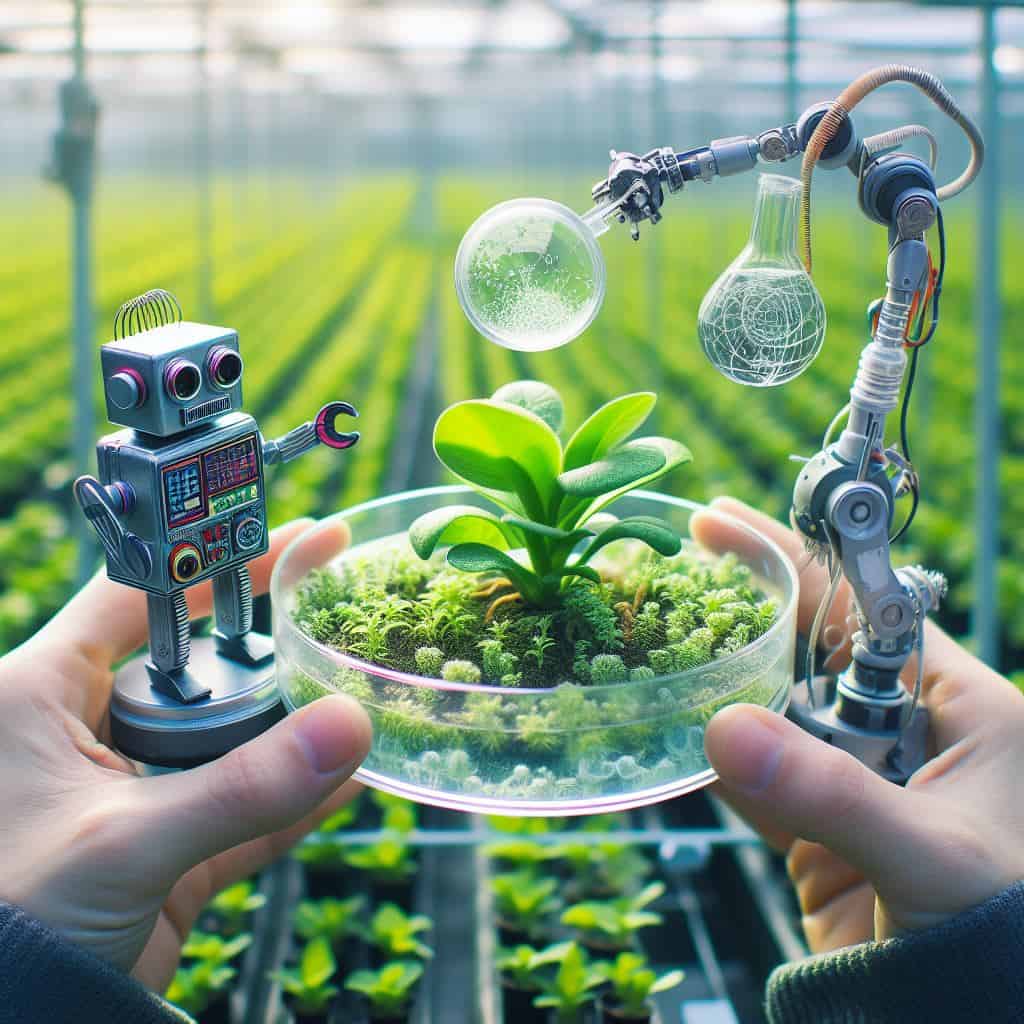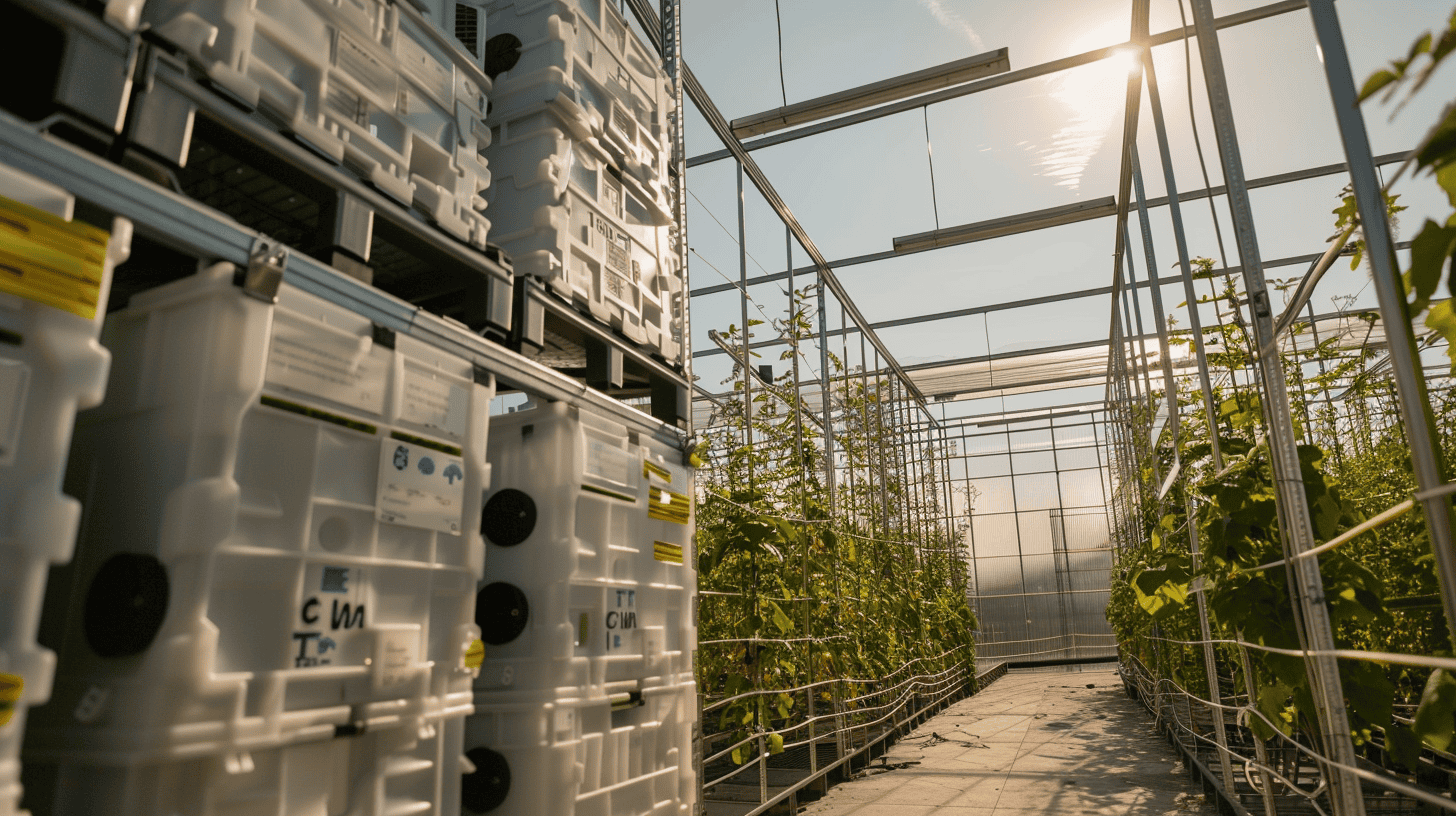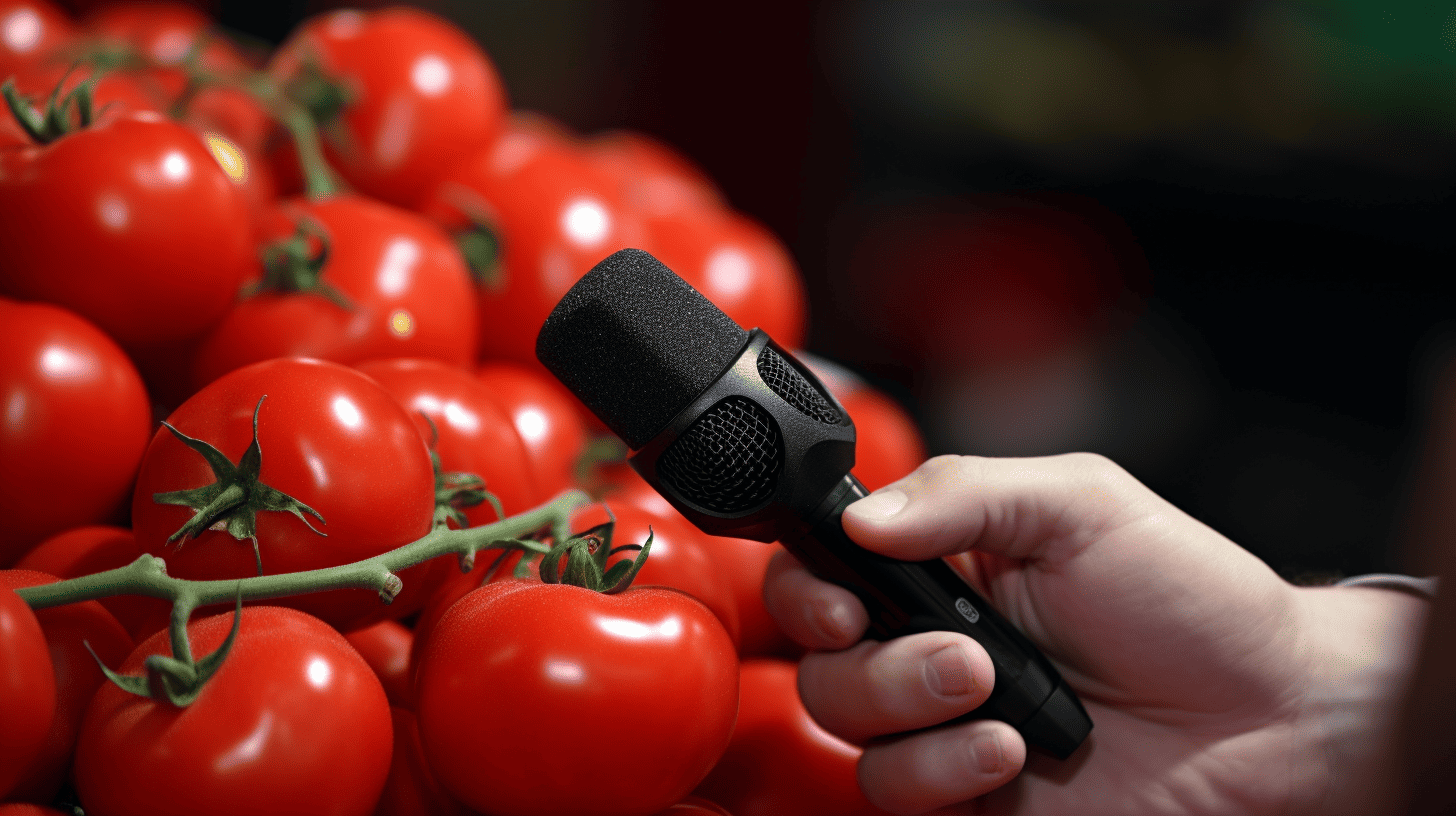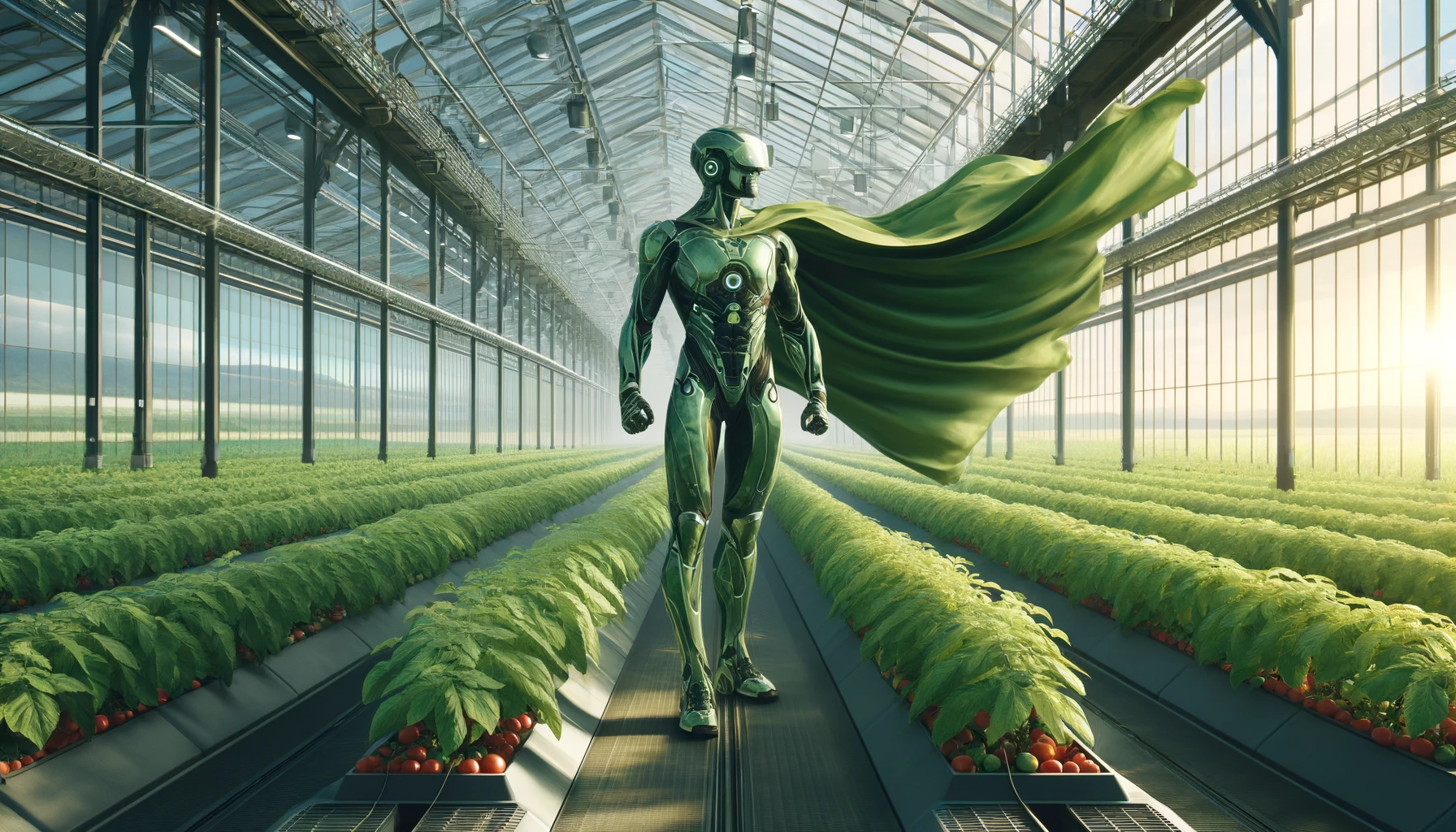
Hands-free cultivation in horticulture, wouldn’t that be great?! You buy a tomato factory, stick in a bag of seeds at the front end, and eventually on the other side, out pops trays of tomatoes that have been cultivated cleanly, safely and at a fair price, the so-called true price. All this without involving any manual labor. Or, for floriculture, you simply take a small plant from a tissue culture lab, put it into the pipeline at one end and out come boxes of beautifully crafted bunches of gerberas that the customers themselves have picked out online.
The above-mentioned imagery often comes to mind when I am asked how many years from now it will be before we can grow anything without manual labor. The lack of workers and the high cost price of labor are often mentioned as important drivers for the willingness to adopt hands-free cultivation. Moreover, in the Netherlands, (and even more so in other countries), there is a scarcity of people who have the necessary expertise in cultivation.
For many years already, robots have played an important role In in replacing labor in automotive manufacturing. However, compared to natural products like tomatoes or roses, there is much less variety involved in these processes. That car consistently stops at the same place and the screw that needs to be tightened looks the same each and every time as well. When it comes to greenhouse horticulture, every greenhouse and cultivation system is different. The crops also vary a great deal. What’s more, the business model is often not so easy to figure out if you only take into account the replacement of labor by cheaper robotic solutions.
Technological development
At the same time, a lot is already possiblein terms of technology. The development of vision technology and AI has been substantial in recent years. In order to translate the potential of this technology into concrete solutions, tech developers – especially those from outside of horticulture – need to understand how cultivation and production takes place in our greenhouses. For their part, horticulturalists need to understand how the technology can benefit them and where the biggest gains can be made. It is important that we work together to determine the steps that lead to joint development and business. Key in this are the words: together, steps and business.
The issues are too great to be resolved by a cultivation or tech specialist alone. In addition, it is important to work towards your final goal step by step. Because it is a complex matter that encompasses much more than just technology, you will have to work towards it in stages and, above all, test each of the intermediary steps. Not only do you have to test whether the proposed solution works in a technical sense, but you also have to check whether the employees can work with it. As well as whether there are any potential profit models.
Unfortunately, I see precious few examples of genuine co-development like this in the horticultural sector. The technology developer develops their product ‘on an island’ without having a clear picture of the horticulturalist’s mindset and working methods. The horticulturist in turn often expects tech companies to deliver a product ‘100 percent ready to go’ and to bear the (financial) risks themselves in the process. For example, a harvesting robot that picks at least as fast as a person can.
Developing together to stay ahead of the pack
Although I can certainly see all sorts of reasons why people are thinking and working like this, I do not believe that we are moving fast enough to remain at the forefront of producing horticultural products and technology in the Netherlands.
If labor really is such a high cost item and an impediment for horticulturalists, then I would expect more expediency in working towards a solution. I envision consortia that really work together on developing the technology and an ecosystem around that. What if all tomato growers got together to commission the two or three most promising technological developers to design a harvesting and processing robot? And then invest jointly in time and money and both the tech community and the grower bear the risks together …
Yes, there will be a few failures along the way and not every solution dreamed up is going to work. However, by doing this together and working iteratively in particular, testing a lot (and ditching what doesn’t work), there is a much better chance of solving the crucial problem that all growers have!
Incidentally, with this focus on replacing ‘simple’ manual labor, we are also bound to discover that much more is possible with all this data that we are collecting as we go; but that is another story….
So, is this not already being done anywhere yet? Yes, fortunately there are already examples where the tech sector and growers are working very closely and in an iterative way together to discover what is needed and what is possible. A good example is a group of entrepreneurs in floriculture who have developed a harvest assistant together with a tech company. More on this project in one of the upcoming columns.
How long will it take?
And how many years will it actually take before we can produce without manual labor? I don’t know, and knowing exactly when this will happen may not be so relevant either. Much more important is that we start working together on the road to developing technology that can support people in the production of enough, safe horticultural products at a true price. This means real innovation and risk-taking by all parties in the horticultural ecosystem. Technology developers and researchers are unable to do this without the input of the growers and vice versa.
About this column
In a weekly column, alternately written by Bert Overlack, Eveline van Zeeland, Eugene Franken, Helen Kardan, Katleen Gabriels, Carina Weijma, Bernd Maier-Leppla and Colinda de Beer, Innovation Origins tries to find out what the future will look like. These columnists, occasionally supplemented by guest bloggers, are all working on solutions in their own way on the problems of our time. So that tomorrow will be good. Here are all the previous articles.








